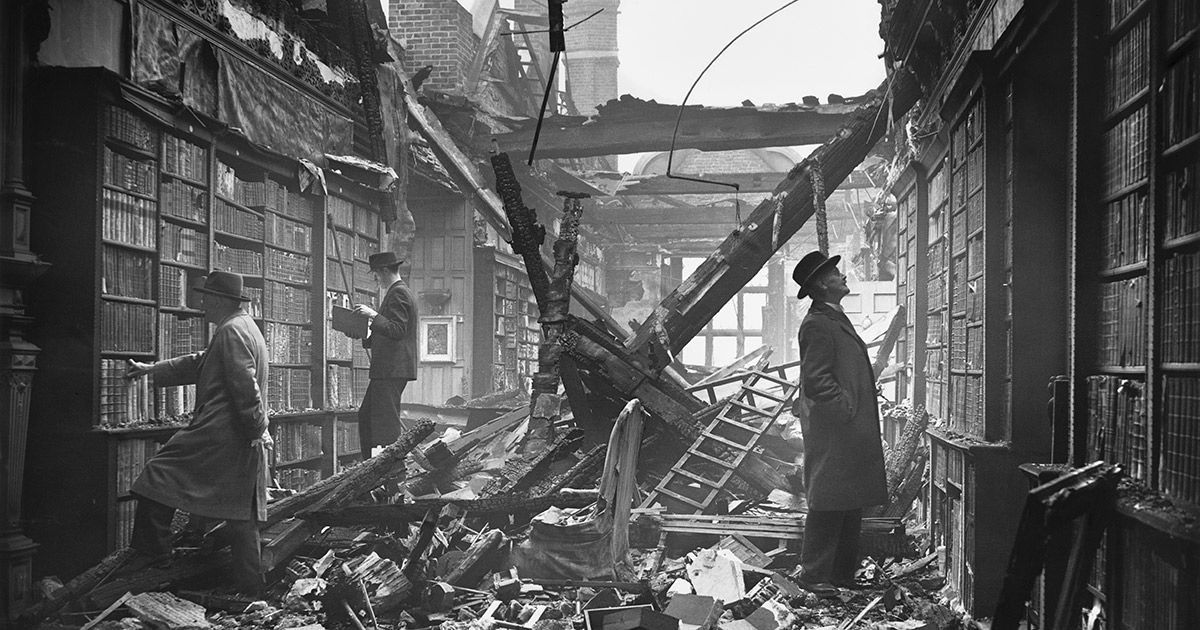Welcome to Facts Vibes! In this article, we delve into 10 compelling and heart-wrenching facts about Auschwitz. Through these insights, we aim to shed light on the historical significance and enduring impact of this solemn site. Join us in exploring the profound truths surrounding this poignant chapter in history.
The Dark History of Auschwitz: 10 Shocking Facts Revealed
The Dark History of Auschwitz: 10 Shocking Facts Revealed
Auschwitz, located in present-day Poland, was the largest concentration and extermination camp established by Nazi Germany during World War II. The atrocities committed at Auschwitz serve as a stark reminder of the horrors of the Holocaust. Here are 10 shocking facts that reveal the dark history of this infamous facility:
1. Over 1.1 million people, mostly Jews, were killed at Auschwitz during its operation from 1940 to 1945.
2. Auschwitz had gas chambers and crematoria where mass executions took place.
3. Prisoners were subjected to inhumane medical experiments, including sterilization and testing of new drugs.
4. The camp was a site of forced labor, with prisoners working under brutal conditions in various industries.
5. Children, the elderly, and the infirm were often immediately sent to the gas chambers upon arrival.
6. Prisoners faced starvation and inadequate living conditions, leading to rampant disease and death.
7. Auschwitz was liberated by the Soviet army in January 1945, revealing the full extent of the horrors that had taken place there.
8. The camp complex included sub-camps and a vast system of prisoner barracks spread over a large area.
9. Numerous personal belongings, including clothing, shoes, and hair, were confiscated from the prisoners upon their arrival.
10. Many survivors suffered long-term physical and psychological trauma as a result of their experiences at Auschwitz.
These shocking facts shed light on the appalling history of Auschwitz and the immense suffering endured by its victims. Remembering the dark past of places like Auschwitz is vital to honoring the memory of those who perished and ensuring that such atrocities are never repeated.
Most popular facts
Auschwitz was the largest Nazi concentration and extermination camp during World War II.
Auschwitz was the largest Nazi concentration and extermination camp during World War II.
It was established by the Nazis in 1940, near the town of Oświęcim in German-occupied Poland.
The Nazi concentration and extermination camp was established by the Nazis in 1940, near the town of Oświęcim in German-occupied Poland.
More than
More than in the context of Information and facts refers to having a greater quantity or degree than a particular amount or level.
1 million men, women, and children were killed in Auschwitz, the majority of whom were Jewish.
1 million men, women, and children were killed in Auschwitz, the majority of whom were Jewish.
The camp consisted of three main sections: Auschwitz I (the main camp), Auschwitz II-Birkenau (the extermination camp), and Auschwitz III-Monowitz (a labor camp).
The camp consisted of three main sections: Auschwitz I (the main camp), Auschwitz II-Birkenau (the extermination camp), and Auschwitz III-Monowitz (a labor camp).
Auschwitz II-Birkenau was the site of the largest mass murder in a single location in history, with an estimated
Auschwitz II-Birkenau was the site of the largest mass murder in a single location in history, with an estimated 1.1 million people killed.
1 million people killed in gas chambers.
1 million people were killed in gas chambers during the Holocaust.
Prisoners at Auschwitz were subjected to forced labor, medical experimentation, and inhumane living conditions.
Prisoners at Auschwitz were subjected to forced labor, medical experimentation, and inhumane living conditions.
The camp was liberated by the Soviet army on January 27,
The camp was liberated by the Soviet army on January 27.
Sure!
In the context of Information and facts, the most important aspect is accuracy and relevance.
Auschwitz has become a symbol of the Holocaust and the atrocities committed by the Nazis during World War II.
Auschwitz has become a symbol of the Holocaust and the atrocities committed by the Nazis during World War II.
In 1979, Auschwitz-Birkenau was designated a UNESCO World Heritage Site.
Yes, in 1979, Auschwitz-Birkenau was designated a UNESCO World Heritage Site.
The Auschwitz-Birkenau State Museum now serves as a memorial and educational center to commemorate the victims and educate visitors about the Holocaust.
The Auschwitz-Birkenau State Museum now serves as a memorial and educational center to commemorate the victims and educate visitors about the Holocaust.
The infamous “Arbeit Macht Frei” (“Work Sets You Free”) sign greeted prisoners entering Auschwitz I.
The infamous “Arbeit Macht Frei” (“Work Sets You Free”) sign greeted prisoners entering Auschwitz I.
Dr. Josef Mengele, known as the “Angel of Death,” conducted cruel and often lethal medical experiments on prisoners at Auschwitz.
Dr. Josef Mengele, known as the “Angel of Death,” conducted cruel and often lethal medical experiments on prisoners at Auschwitz.
Auschwitz survivors have shared their harrowing stories to ensure that the world never forgets the horrors of the Holocaust.
Auschwitz survivors have shared their harrowing stories to ensure that the world never forgets the horrors of the Holocaust.
Numerous films, books, and documentaries have been created to depict the experiences of those who endured Auschwitz.
Many films, books, and documentaries have been created to depict the experiences of those who endured Auschwitz.
The international community continues to emphasize the importance of Holocaust education and remembrance to prevent such atrocities from happening again.
The international community continues to emphasize the importance of Holocaust education and remembrance to prevent such atrocities from happening again.
In conclusion, the 10 facts about Auschwitz serve as a sobering reminder of the atrocities that occurred during one of the darkest periods in human history. It is crucial to educate ourselves about the past to ensure that such horrors are never repeated. The history of Auschwitz should never be forgotten, and it is our responsibility to honor the victims by striving for a world free from hatred, discrimination, and violence.
